Riding With a Passenger

Double your pleasure, double your fun; ride two-up instead of just one…
Motorcycle riding is so much fun, about the only way to make it better is riding two-up with your bestie. But not so fast there, cowboy (or cowgirl)! Just having a motorcycle endorsement on your license doesn’t make you a qualified captain of a two-passenger, two-wheeled land cruiser. Like playing in a tight band, riding two-up is an acquired art that requires timing, synchronicity, and practice, practice, practice. At least, to do it safely and well. Here are some Motorcycle.com tips for getting the most out of your rider/passenger debut performance.
Motorcycle.com thanks Yamaha for sponsoring this new rider series.
PRE-FLIGHT TIPS
Another Rider Is Best
Our first choice of a passenger is – surprise! – another licensed motorcycle rider. That’s because since they already know how to control (i.e., ride) a motorcycle, they surely will possess the good sense to ride pillion. Right? If you ever transport both non-riders and riders as passengers, you will certainly notice the difference.
Lighter Is Better
The passenger’s size affects a bike’s handling. Large people can absolutely be great passengers, but since smaller passengers account for less percentage of the total weight of the motorcycle and rider, even if the passenger’s skills aren’t perfect, they won’t affect the bike’s handling as much. It’s just physics. (Pro tip: Adjusting your shock’s preload can help to minimize the effect a passenger has on the handling.)
Conduct a Pre-Flight Briefing
Just as boat captains bear responsibility for their passengers, they should likewise inform passengers of the day’s plan, explaining what to expect, what to do in an emergency, and so forth. We believe the same responsibility rests with the motorcycle pilot when carrying a passenger. Explain where you’re going, how you’ll ride, what the route is like, and what expected (or unexpected) situations may or could be encountered. Doing so isn’t OCD or nerdy – it’s respectful, safe, and smart. Also, giving the passenger a way to signal if they are uncomfortable with something is a good way of putting them at ease.
Last On, First Off
Usually, the best time for the passenger to mount and dismount is once the rider is already seated on the bike, with their hands on the grips and both feet on the ground. (An exception may apply to larger bikes firmly parked on their side or center stand. But even in this case, the passenger likely won’t grab the grips, which subtracts an important pair of leverage and control points.) So, when you’re going to ferry a passenger, suit up, climb aboard, and get situated – then invite the passenger aboard. Then reverse the process when parking.
WHILE RIDING
Grip and Go
Not to get personal, but if you’re a motorcycle passenger, what’s the right way to hang onto the rider? Blunt opinion: Around the waist. This way you can move your body cores independently, but your body masses are generally unified. Centralizing mass in the motorcycle is central to the designers’ mission, and it should be essential for rider and passenger, too. On this topic, holding onto the rider higher, for example, around the chest or by the arms or shoulders, can be detrimental to their ability to control the bike in an emergency, so we don’t advise it. As an alternative to the touchy-feely route, plenty of bikes come with – or can be accessorized with – seat straps, grab handles, backrests and/or armrests. These can also help the passenger maintain their general position on the machine but don’t offer the same level of connection to the rider that the waist hold does.
Follow the Leader
The world has plenty of rogue actors already, and the passenger behind you isn’t going to improve global geopolitics by also dancing to the beat of a different drum while you’re in motion. They need to ride like you ride, which means lean into corners when you do, anticipate braking zones and stops, and lean forward/hold on appropriately while accelerating. In essence, the passenger’s duty and role – a serious one – is to keep in sync with the rider. See below.
Passenger Posture
Watch any road race or motocross or supercross event, and you’ll see how riders use their body mass – particularly their core and upper body – to help steer. Clearly, these body motions help initiate directional changes and control the bike. Wild! So, what’s this got to do with taking your bestie for a nice, easy ride? Plenty. If you and your passenger have different ideas of how to move (i.e., lean or move) in the saddle, two different controlling motions will happen at the same time. If they’re not in sync, chaos can result.
Look Ahead
The passenger will do a better job if they maintain a neutral seating position that lets them look ahead, just like the rider. This doesn’t mean hanging way out to the side to see past the rider’s helmet or shoulders, which can potentially upset the bike’s balance. The ideal passenger position results from a combination of the bike’s general layout including seat shape, and the rider and passenger’s relative sizes. To look ahead in a corner, simply have the passenger look over the rider’s inside shoulder. This will place the passenger in the perfect position without telling them to lean with the bike.
Leave Extra Time and Space
When weight is added to a vehicle, acceleration slows and cornering and braking potential decreases. Due to the latter points, when carrying a passenger (or luggage for a trip, for that matter), the rider should allow extra time and space for emergency avoidance maneuvers, especially while in traffic or riding in formation with other motorcyclists. In a potential moment of crisis, extra time and space are what you need. Build it into your ride plan, and it’ll be there for you at the right moment.
Take It Seriously
If you’re ever lucky enough to ride in the right seat in an airplane, you know that while flying is enjoyable, general aviation isn’t a fun-and-games proposition. Same goes for motorcycling – and for the “copilot’s” (passenger’s) responsibilities while onboard. Riding is serious business, and riding shotgun is (sorry to be frank here) not the time or place to mess around, soar like a bird, or shimmy to Spotify’s best song ever. Enjoy the time, enjoy the view, enjoy the experience – and do your part to make it safe.
Become a Motorcycle.com insider. Get the latest motorcycle news first by subscribing to our newsletter here.

John L. Stein brings 30 years of both automotive and motorcycle experience, having written for AutoWeek, Car and Driver, Motor Trend, Sports Car International, Chevy Outdoors, Truck Trend, Cycle World, Motorcyclist, Adventure Travel, and Men’s Journal, just to name a few. His articles have been published in the US, England, Japan, Australia and France. His technical knowledge combined with his ability to understand and effectively communicate what a motorcycle is doing underneath him is an invaluable resource to the Motorcycle.com team.
More by John L. Stein



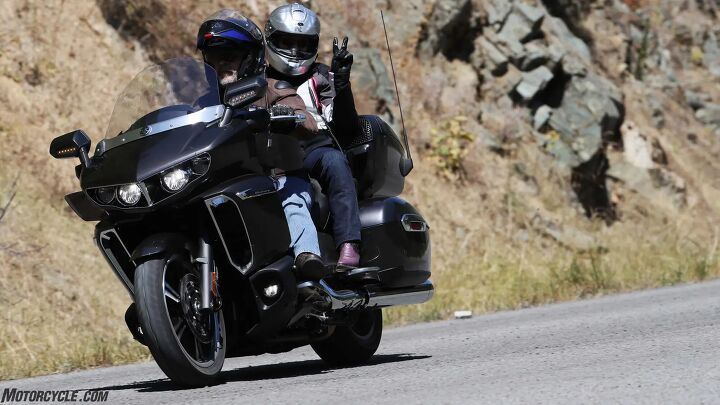













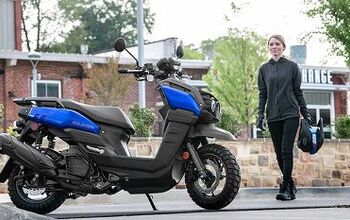
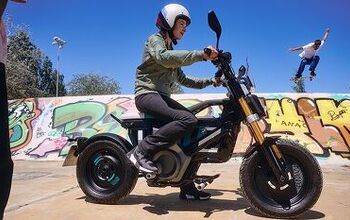
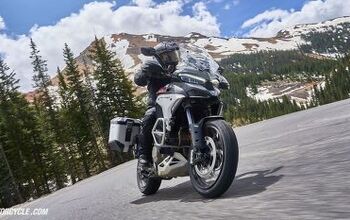
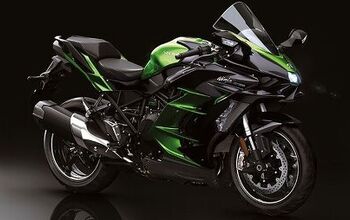
![Suspension Set-Up for the Buell 1125R [video]](https://cdn-fastly.motorcycle.com/media/2023/05/07/11553142/suspension-set-up-for-the-buell-1125r-video.jpg?size=350x220)












Comments
Join the conversation
If you've got a communication system on board it's easy but if not I like to be able to warn my pillion of up coming conditions that may cause some disruption to their balance and or smooth ride. A system of mutually understood signals or gestures can be very helpful in maintaining balance and comfort over changing terrain for both the pillion and the machine.
Grab handles are good but the bike always handles better for me when the pillion has their hands on my hips.